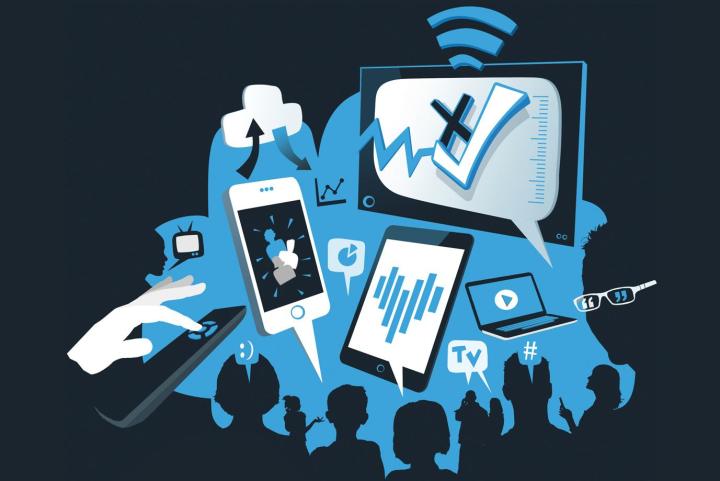
People used to talk about last night’s “I Love Lucy” episode the day after it aired, around the water cooler. These days, audiences can discuss “Downton Abbey” with all their friends and family simultaneously (not just their dreaded co-workers), before the episode is even over. SecondSync’s recent study shows that, in actuality, most TV episode-related Facebook discussions occur in the midst of said episode’s airing.
Nearly a quarter of the audience of any one show is posting related content while they watch the episode — until now, these kinds of TV-watching habits were only suspected. SecondSync, a leading provider of social TV analytics in the U.K., confirmed these suspicions by teaming up with Facebook to create a first-of-its-kind study, titled “Watching with Friends: How TV Drives Conversation on Facebook,” tracking online TV conversations in the U.S., U.K. and Australia.
Among the many insights detailed within the study, perhaps one of the most intriguing is the fact that 80 percent of TV-related chatter on Facebook comes from a mobile device. Many times these discussions begin as single posts by members — the ensuing comments flesh out the conversation.
So now that every company with corporate interest in our television-watching and Facebook-lurking habits is aware of our desire to discuss now, before the episode is even over, you can imagine the many possible applications of such knowledge.
The study explains, “…real-time activity around TV and sport on the Facebook platform is hugely compelling and there are important commercial implications: audience measurement, TV planning, content discovery, direct response advertising, TV commissioning and research are just some of the sectors that will benefit from the insights coming out of the world’s biggest social network.”
SecondSync found that, during the final episode of “Breaking Bad” on AMC, there were 4,477,454 interactions on Facebook alone; discussion peaked during the climactic final scene and immediately dropped off after the episode’s end. A whopping 22 percent of the episode’s audience interacted with Facebook during the airing. This information shatters previous assumptions that most activity took place before or after.
With its recent release of Paper, Facebook is certainly on a roll — what do you think the social mega-company will do with the knowledge gleaned from its collaboration with SecondSync?


